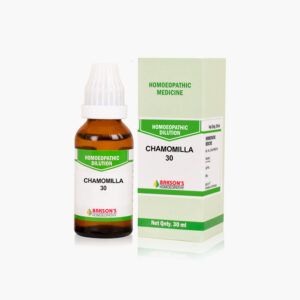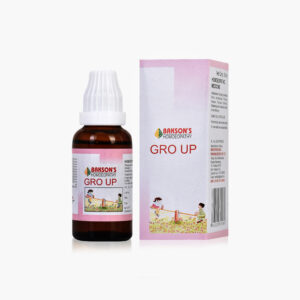What is Teething?
Teething is the process by which an infant’s first teeth (the deciduous teeth, often called “baby teeth” or “milk teeth”) sequentially appear by emerging through the gums, typically arriving in pairs.
Teething usually begins when a baby is between 6 and 8 months old. Some children do not show any teeth until much later than 8 months, but this is usually normal.
- The two bottom front teeth (lower incisors) usually come in first.
- Next to grow in are usually the two top front teeth (upper incisors).
- Then the other incisors, lower and upper molars, canines, and finally the upper and lower lateral molars come in.
Signs and Symptoms
The signs & symptoms of teething are:
- Acting cranky or irritable
- Biting or chewing on hard objects
- Drooling, which may often begin before teething starts, gum swelling and tenderness
- Mild temperature with Diarrhoea
- Restless or decreased sleeping due to gum discomfort
- Refusal of food due to soreness of the gum region
- Bringing hands to the mouth
- Mild rash around the mouth due to skin irritation
- Rubbing the cheek or ear region as a consequence of referred pain during the eruption of the molars
Management
- Gently wipe your baby’s face often with a cloth to remove the drool and prevent rashes from developing.
- Rub your baby’s gums with a clean finger.
- Give your baby something to chew on. Make sure it’s big enough that it can’t be swallowed or choked on and that it can’t break into small pieces.
- Rubber teething rings are also good, but avoid ones with liquid inside because they may break or leak
Warning: Above information provided is an overview of the disease, we strongly recommend a doctor’s consultation to prevent further advancement of disease and/or development of complications.
Disclaimer: The information provided herein on request, is not to be taken as a replacement for medical advice or diagnosis or treatment of any medical condition. DO NOT SELF MEDICATE. PLEASE CONSULT YOUR PHYSICIAN FOR PROPER DIAGNOSIS AND PRESCRIPTION.



 Login
Login









